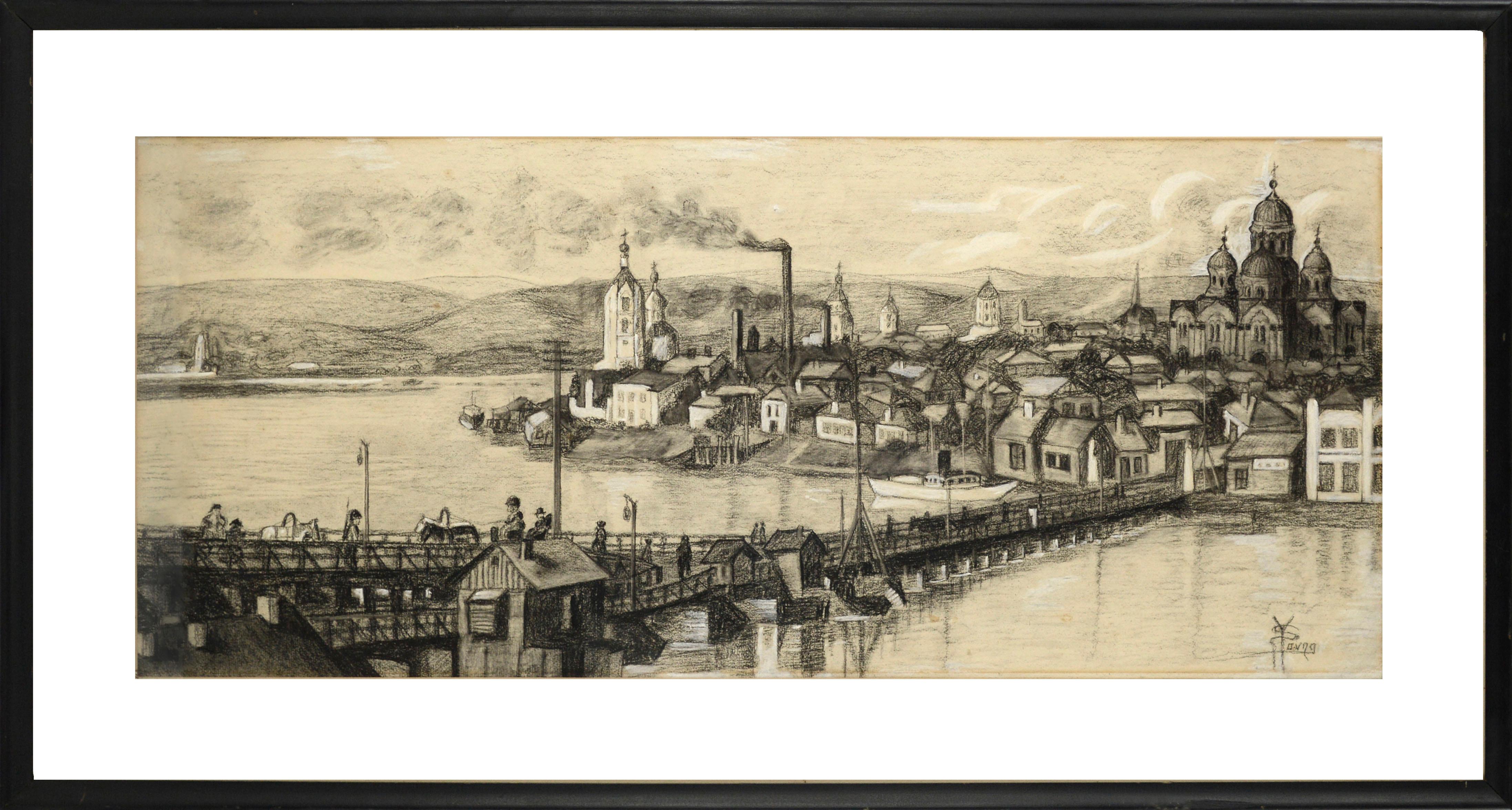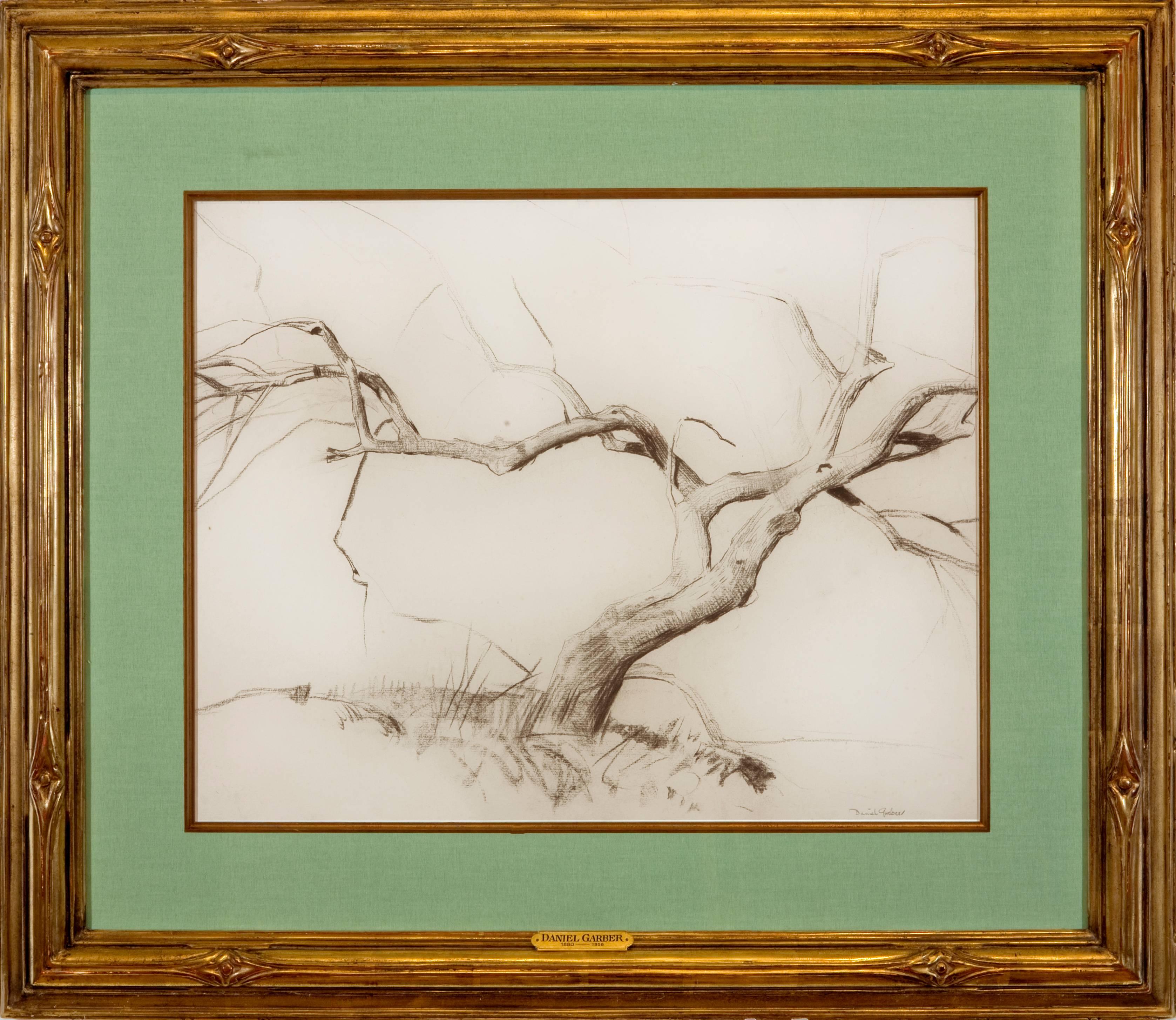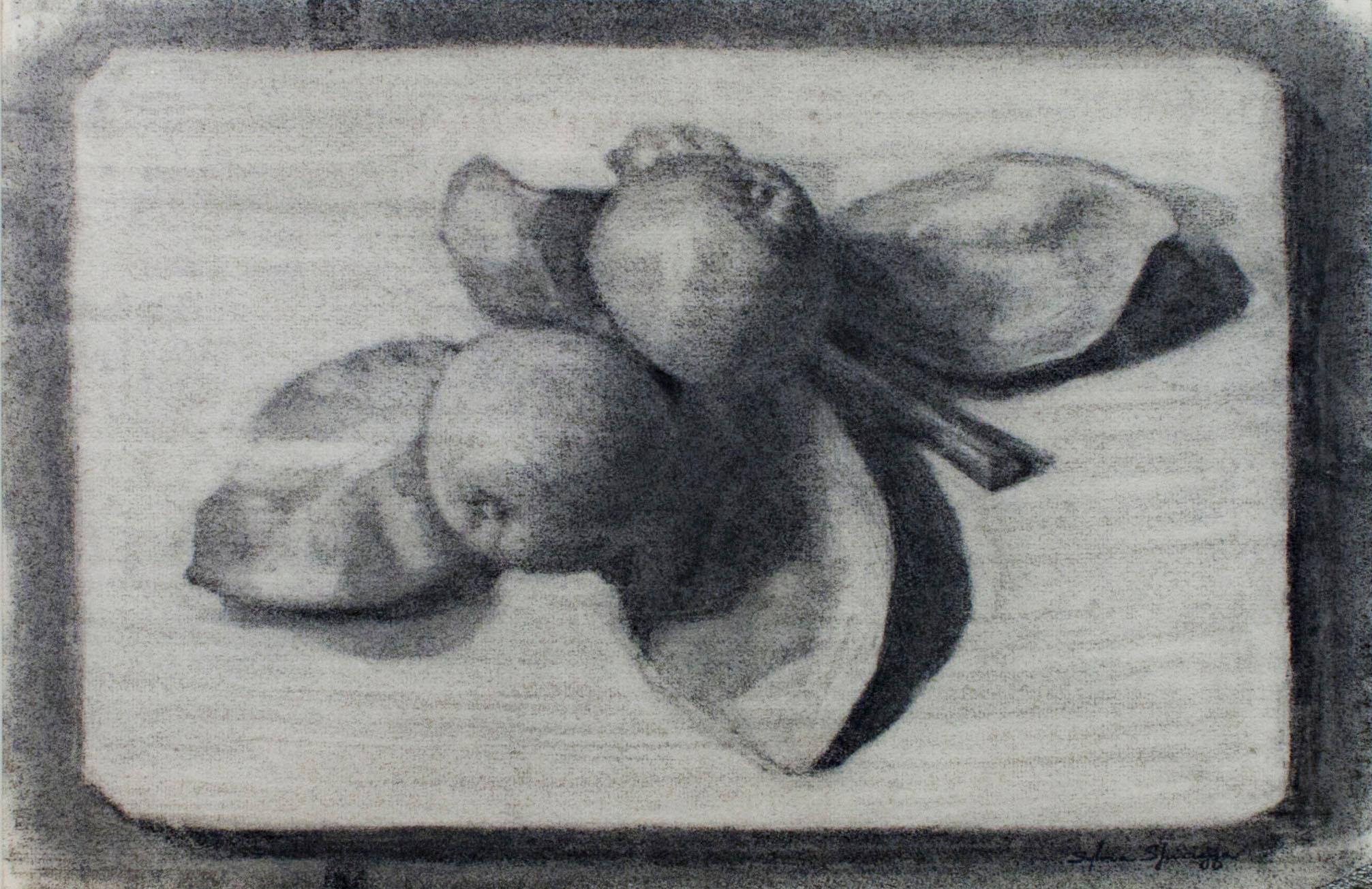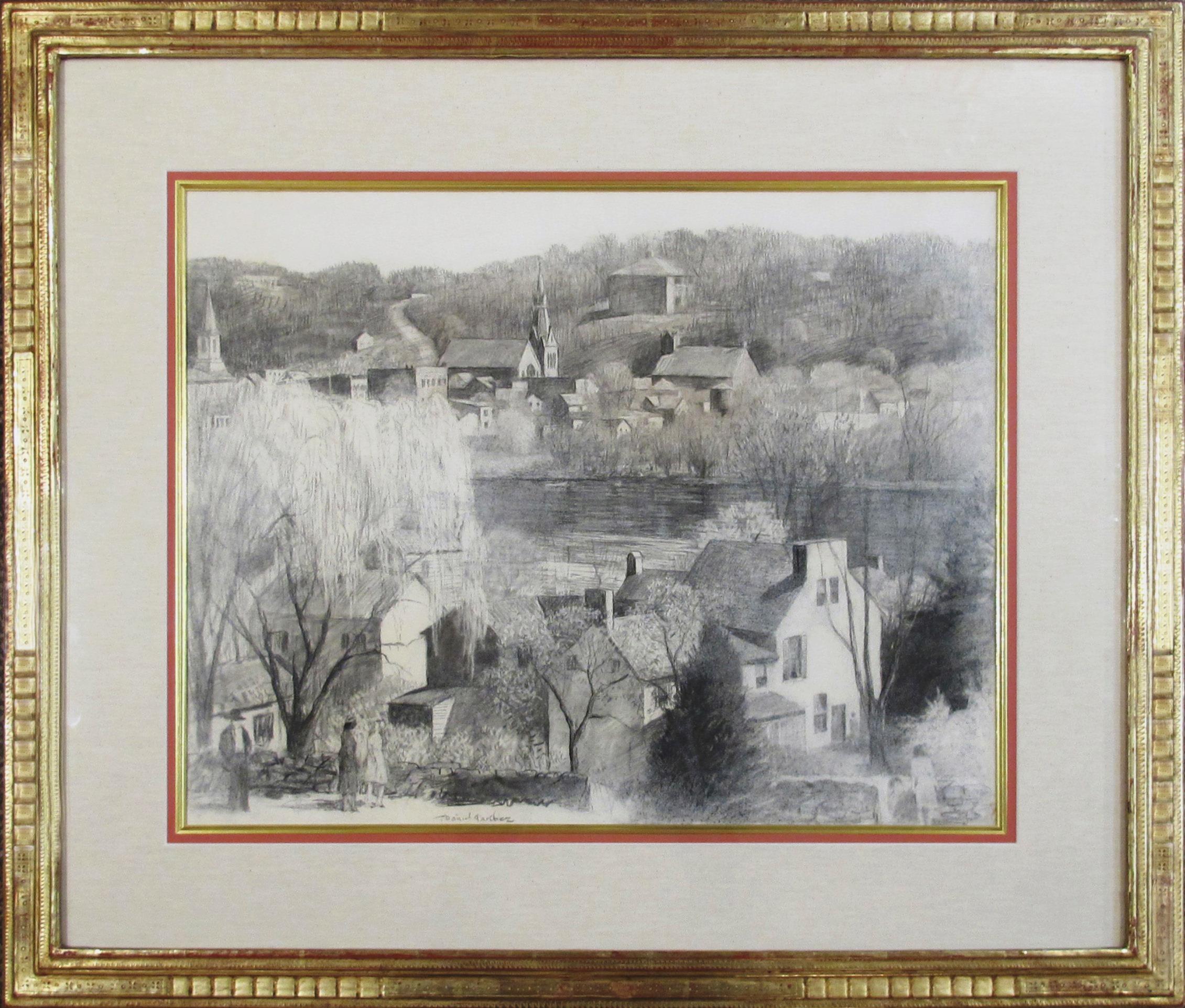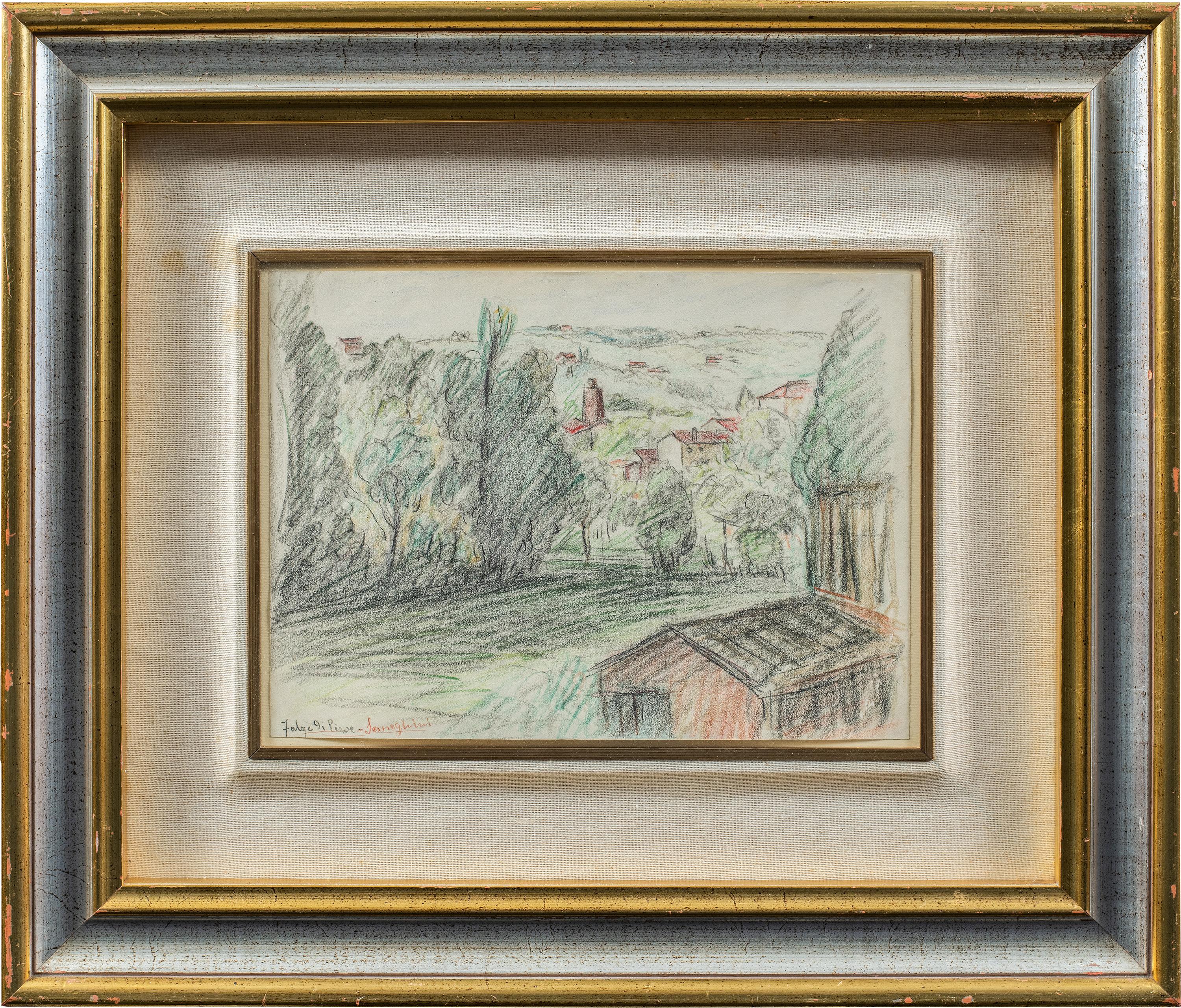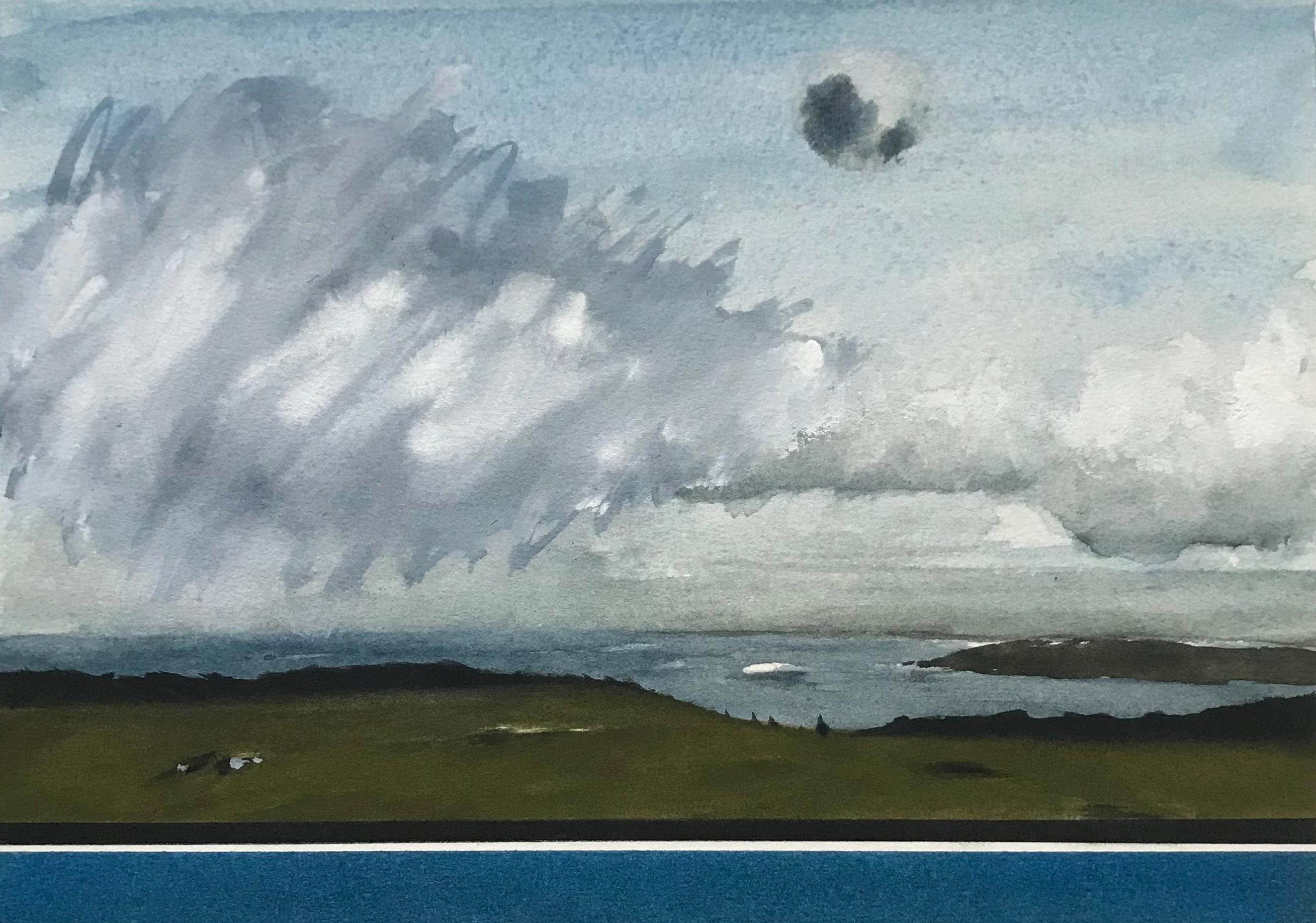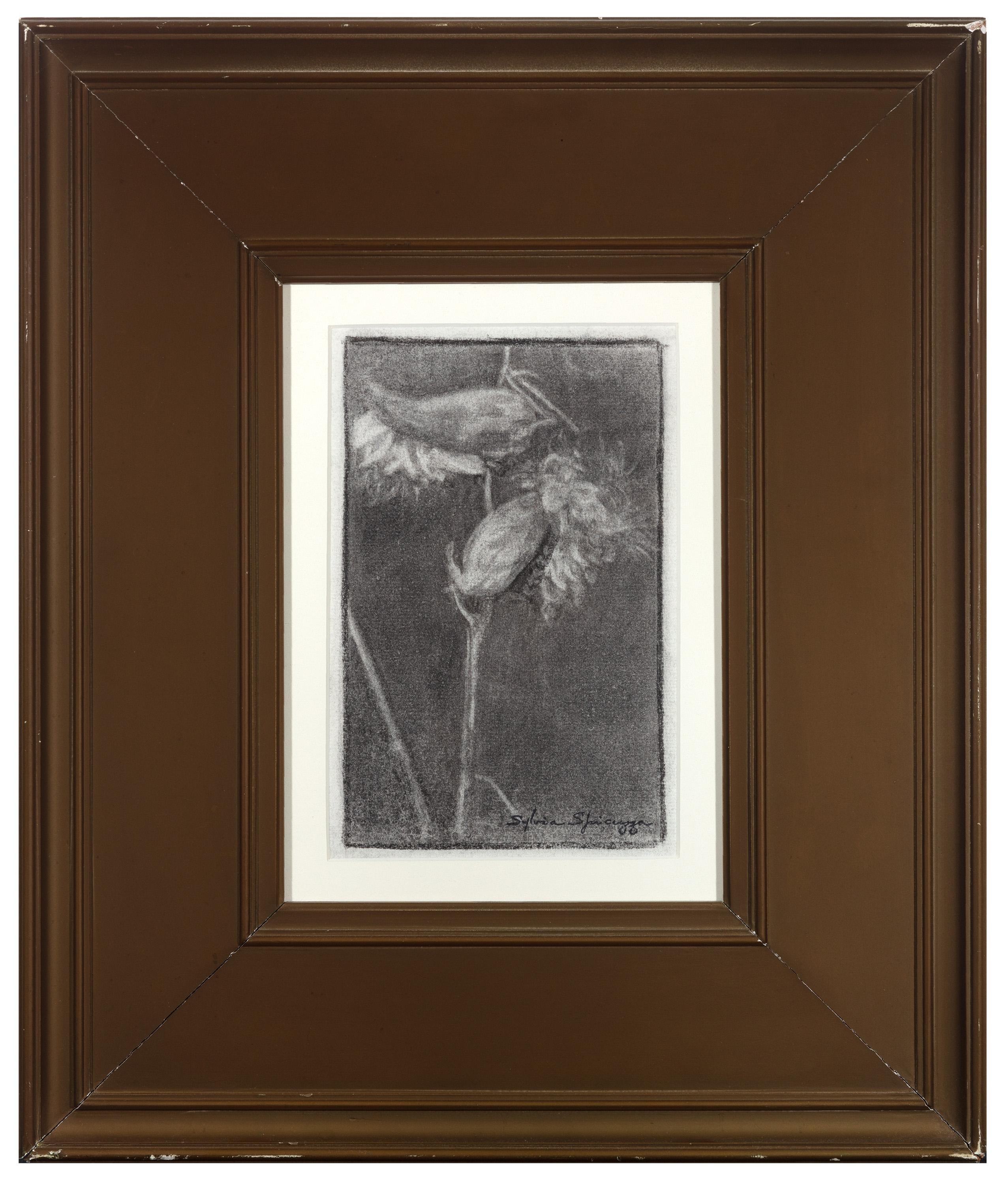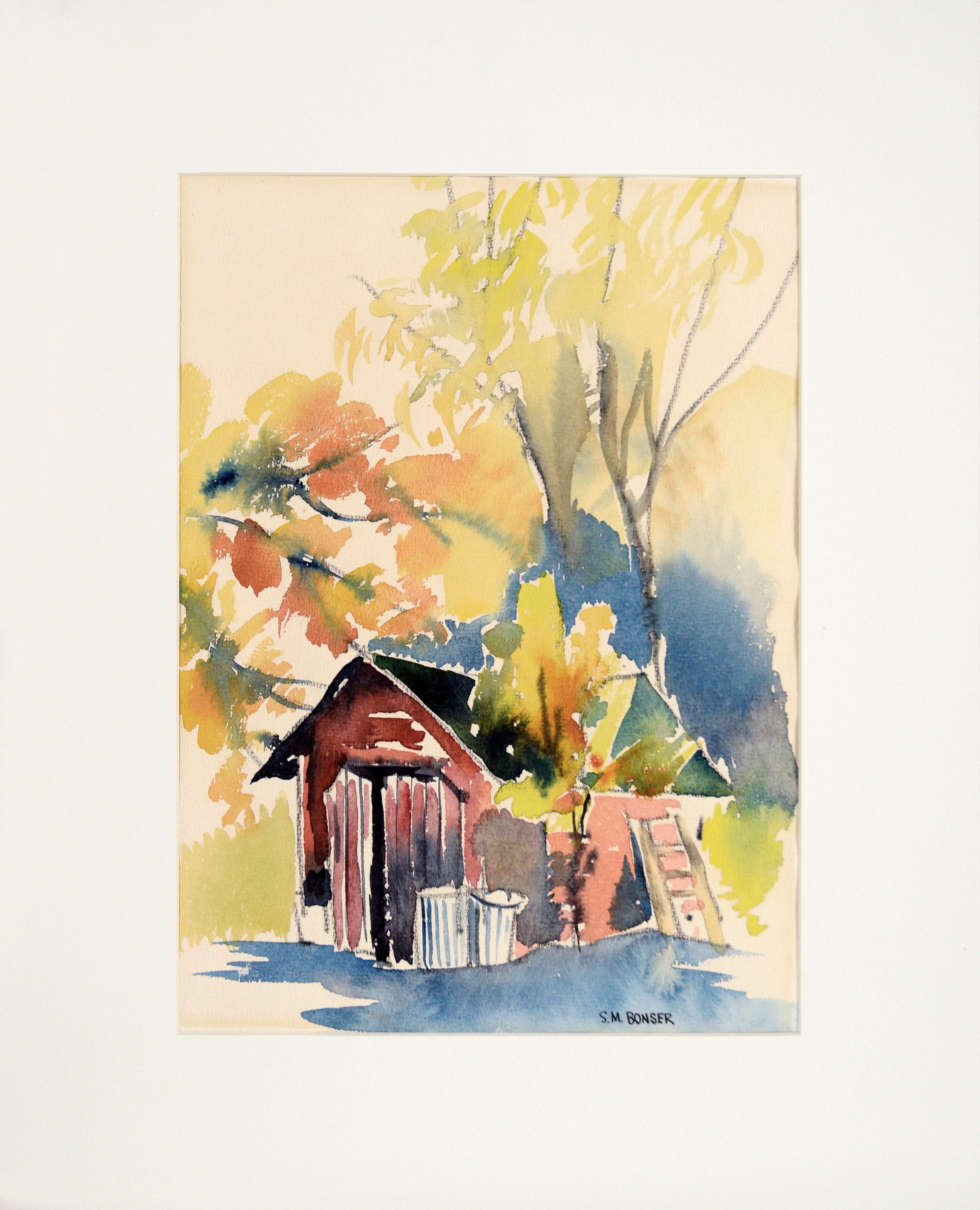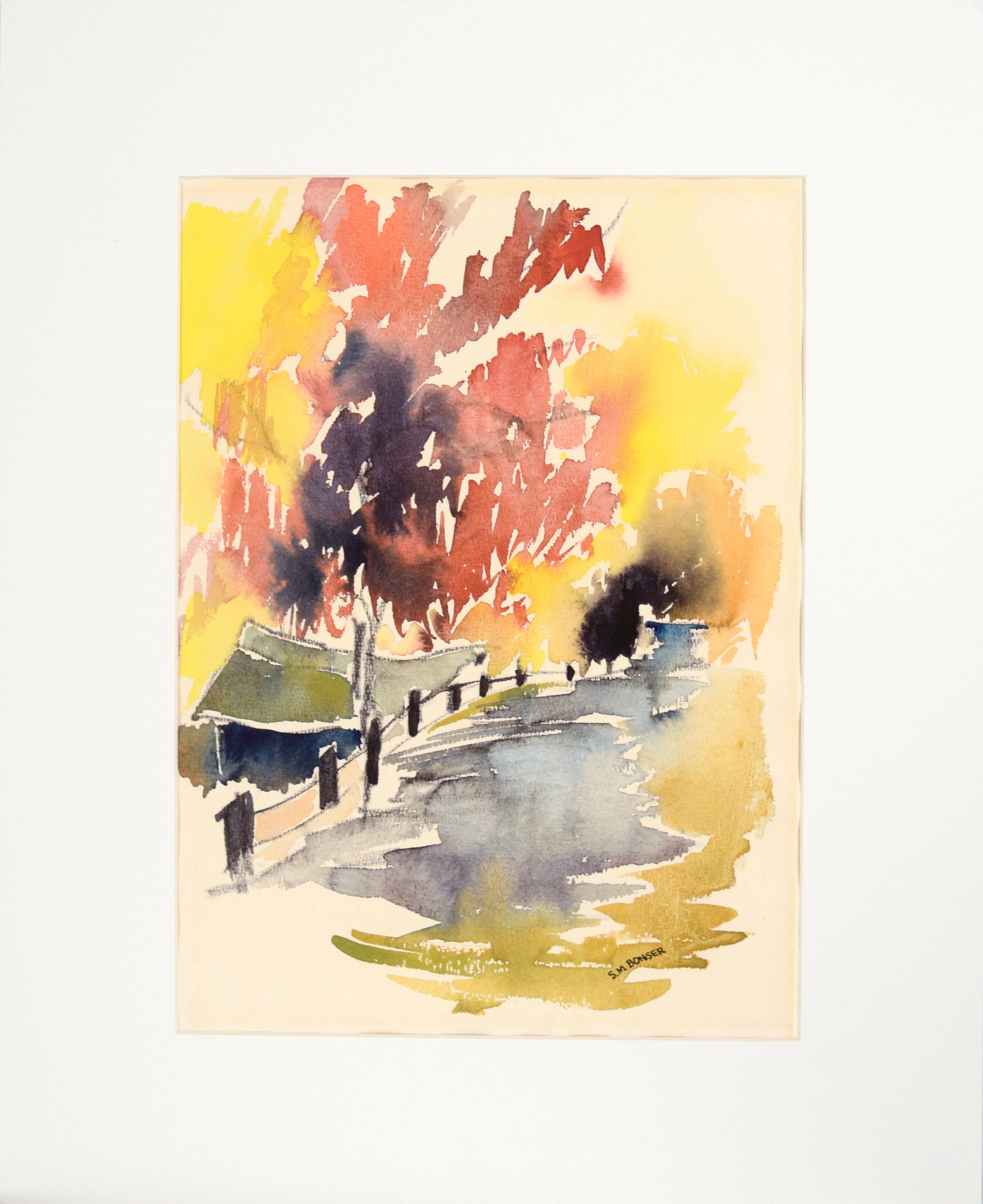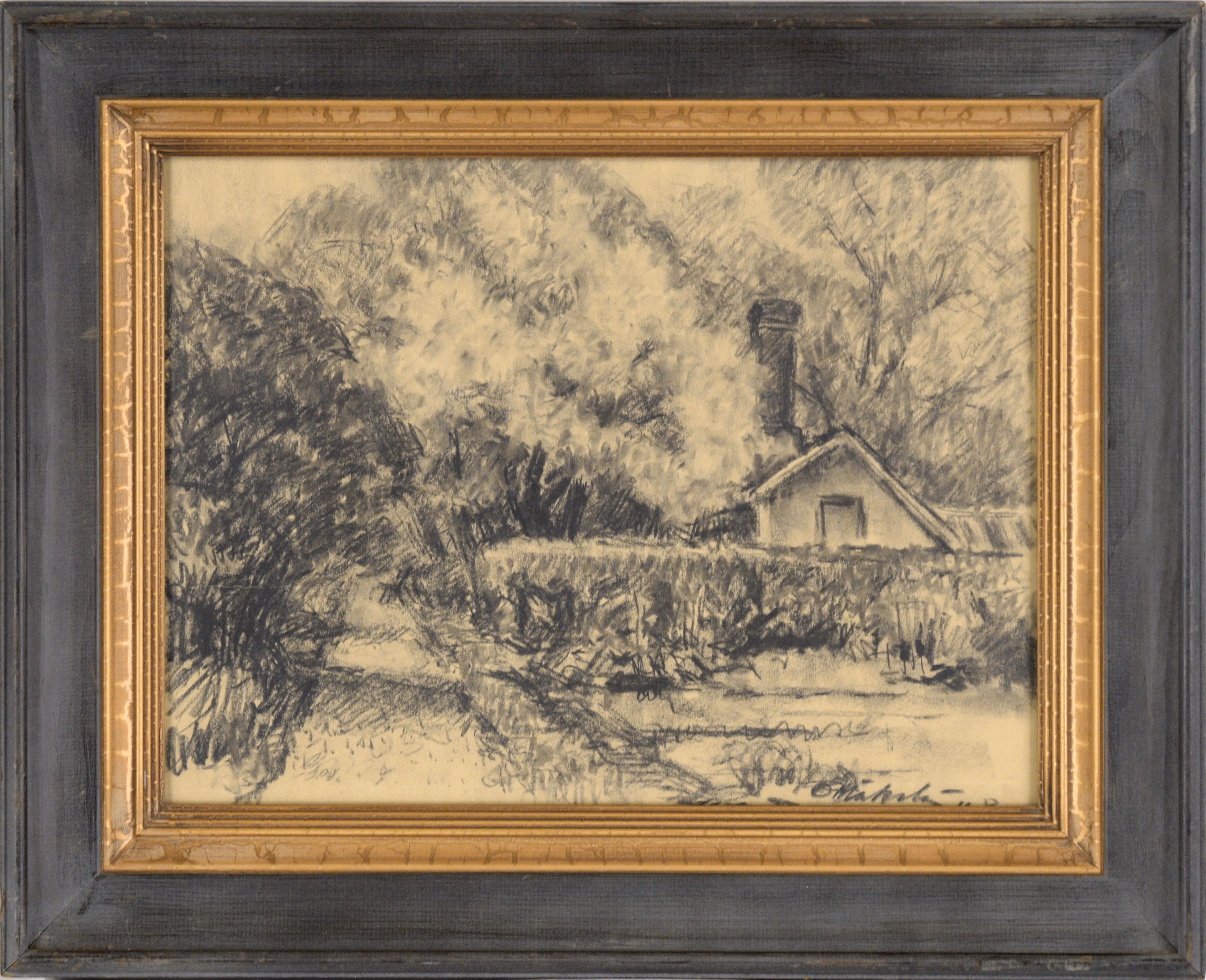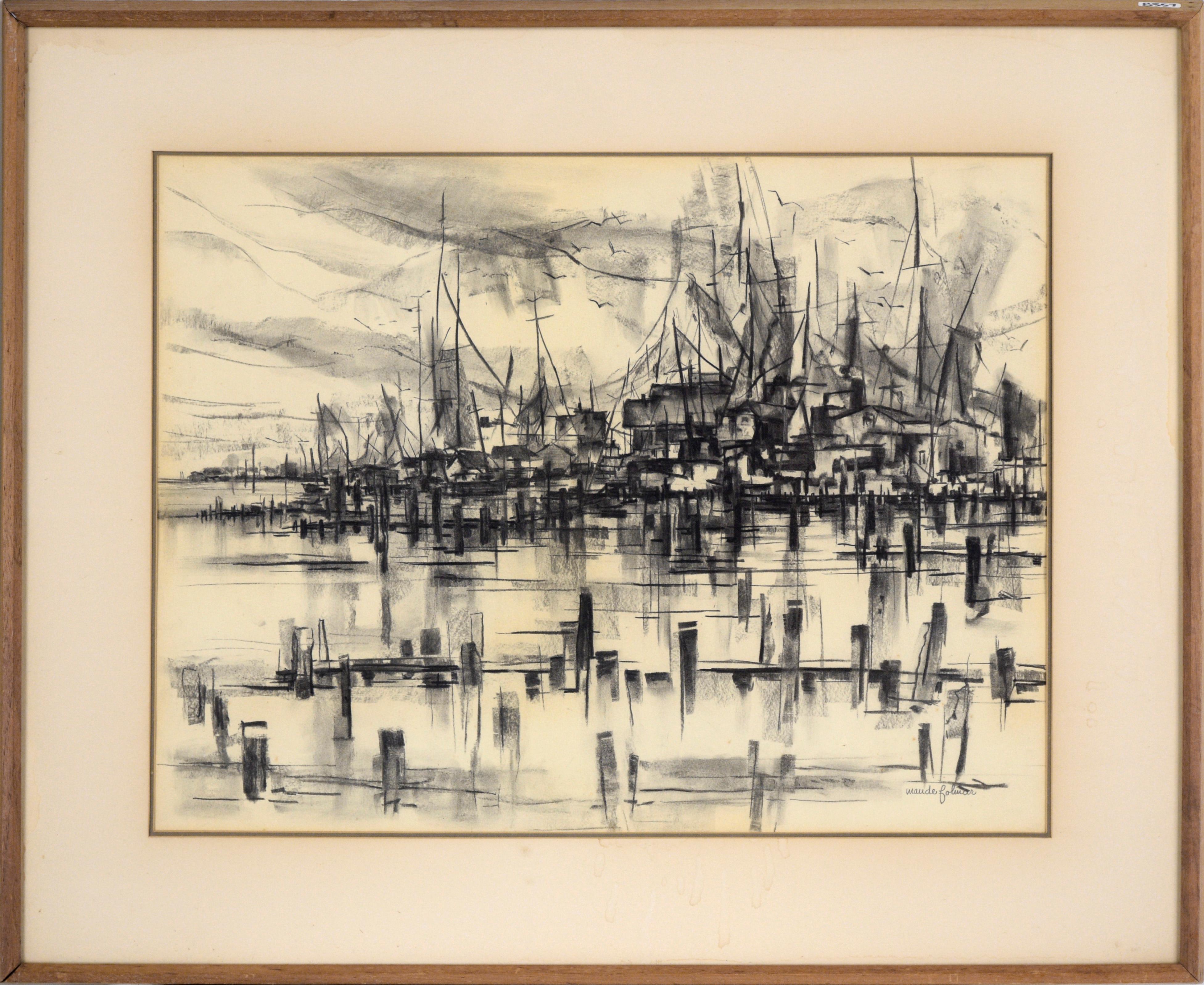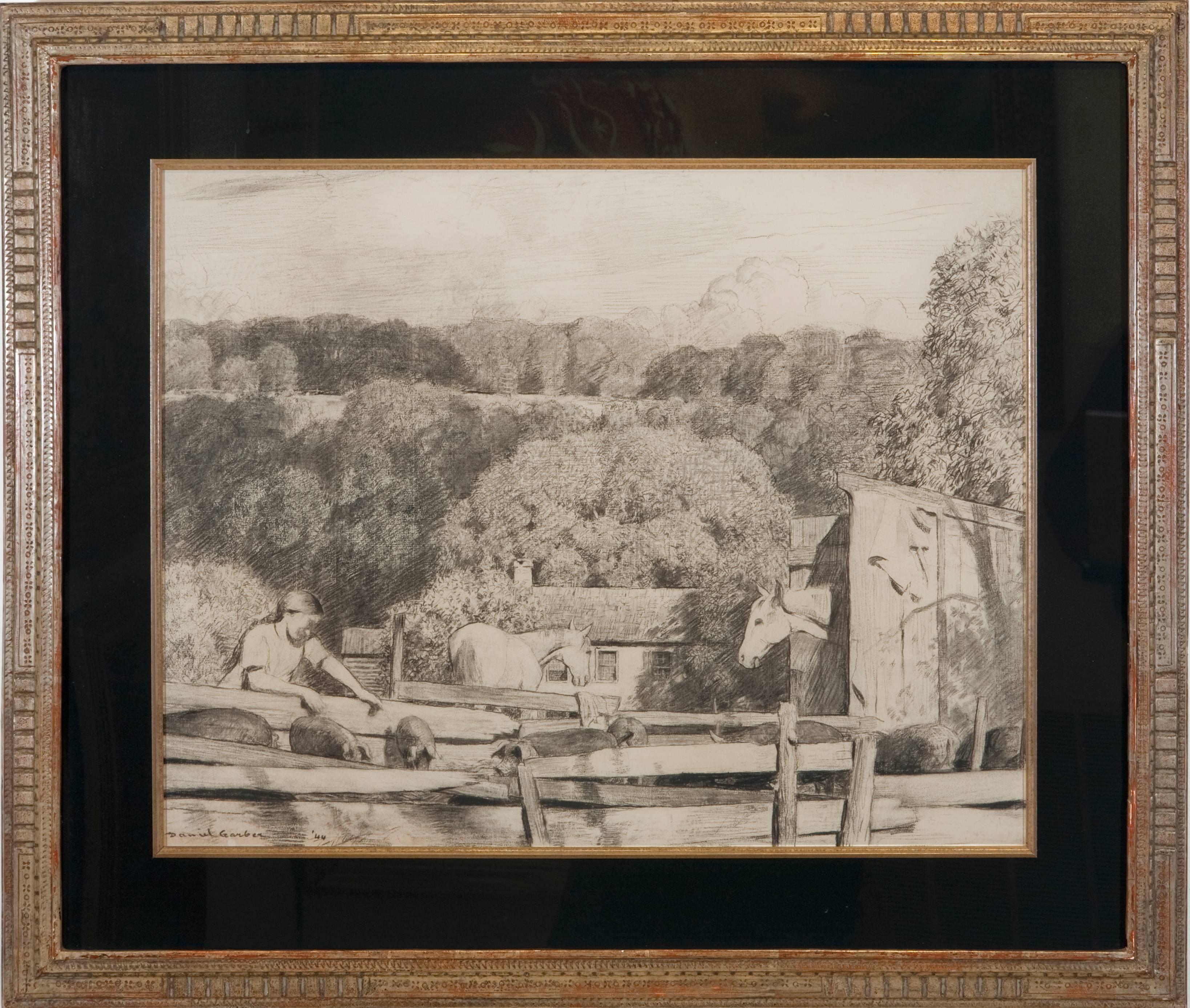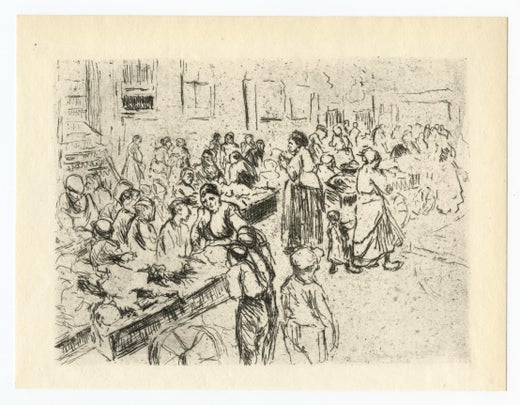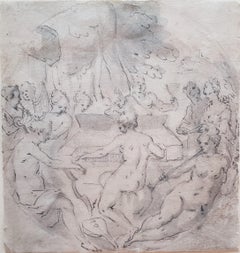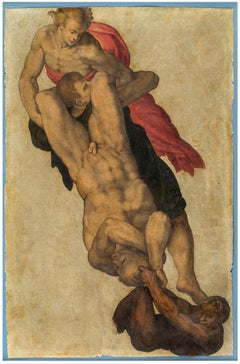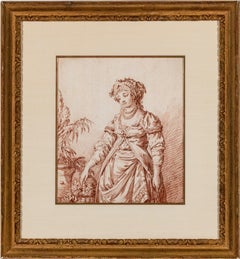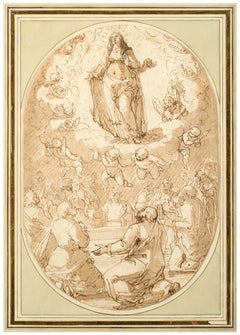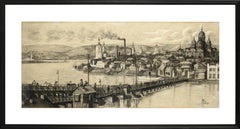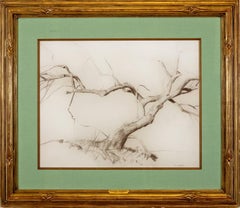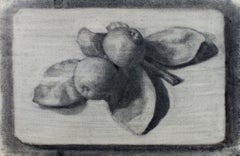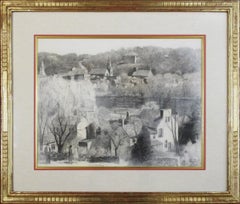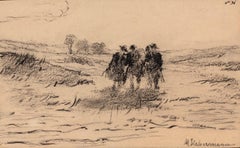
Three Men Walking in a Field
View Similar Items
Want more images or videos?
Request additional images or videos from the seller
1 of 2
Max LiebermannThree Men Walking in a Field1880
1880
About the Item
- Creator:Max Liebermann (1847 - 1935, German)
- Creation Year:1880
- Dimensions:Height: 5.5 in (13.97 cm)Width: 8.75 in (22.23 cm)
- Medium:
- Movement & Style:
- Period:
- Condition:
- Gallery Location:New York, NY
- Reference Number:1stDibs: LU10210951802
Max Liebermann
Max Liebermann (Berlin, 1847 - 1935) was a German painter, graphic artist, pastelist and illustrator. A transition from realism to impressionism is visible in his work.
In 1871 he visited the studio of the Hungarian painter Mihály Munkácsy in Düsseldorf, whose work made a great impression on Liebermann. He then makes a short trip to the Netherlands. In December 1873 he went to Paris. He met Munkácsy, Troyon, Daubigny, Corot, Millet and Manet. In the Louvre he devoted himself to the study of the Dutch masters.
In 1920 he was appointed president of the Preußische Akademie der Künste. In 1933, Hitler was elected Chancellor of Germany. Because of his Jewish background, Liebermann resigned as honorary president of the Preußische Akademie der Künste. He then joined the newly founded Kulturbund Deutscher Juden and gave financial support to young Jews who wanted to flee to Palestine. In the last years of his life, Liebermann was shunned by the German artist community.
Liebermann was active for more than sixty years and made about 1200 oil paintings. For years, Liebermann was called the "apostle of ugliness." Yet he was groundbreaking and avant-garde. The real impressionist work did not come until the end of 1900. In the Netherlands he was inspired by the wide landscapes, the sea and the beach.
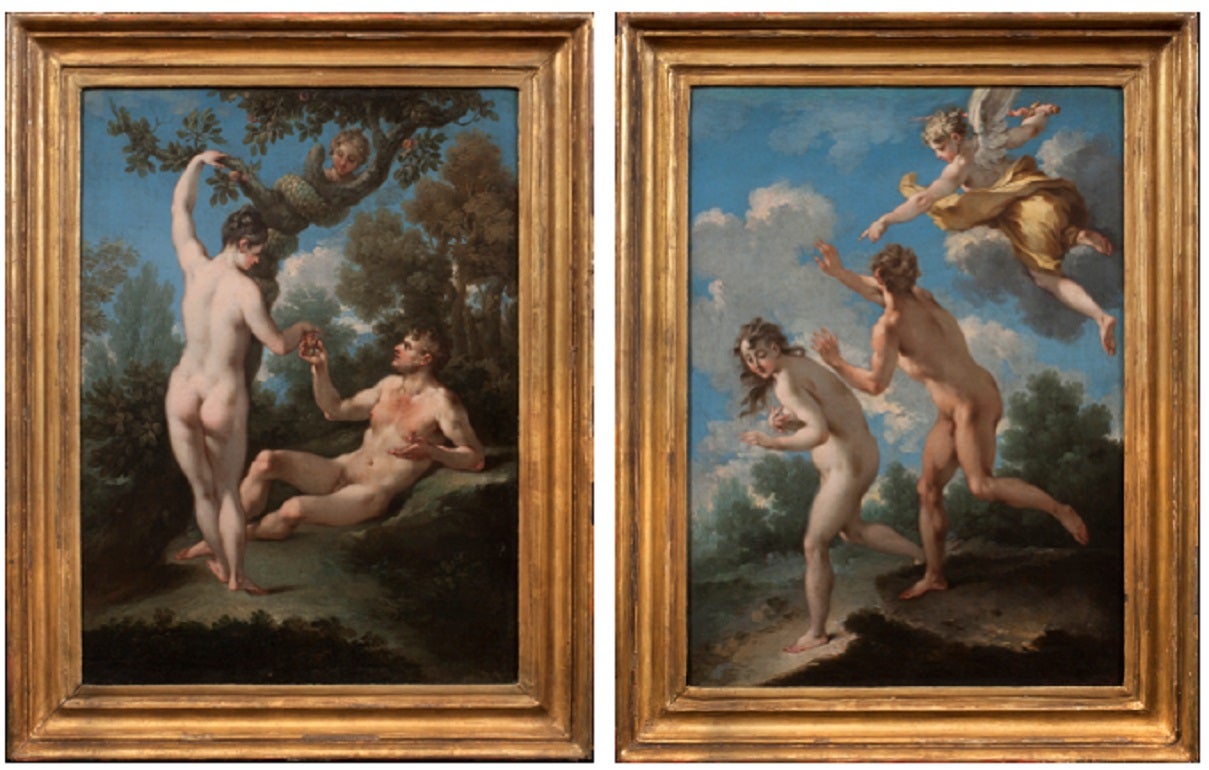
About the Seller
5.0
Recognized Seller
These prestigious sellers are industry leaders and represent the highest echelon for item quality and design.
Established in 1997
1stDibs seller since 2012
19 sales on 1stDibs
Typical response time: 12 hours
Authenticity Guarantee
In the unlikely event there’s an issue with an item’s authenticity, contact us within 1 year for a full refund. DetailsMoney-Back Guarantee
If your item is not as described, is damaged in transit, or does not arrive, contact us within 7 days for a full refund. Details24-Hour Cancellation
You have a 24-hour grace period in which to reconsider your purchase, with no questions asked.Vetted Professional Sellers
Our world-class sellers must adhere to strict standards for service and quality, maintaining the integrity of our listings.Price-Match Guarantee
If you find that a seller listed the same item for a lower price elsewhere, we’ll match it.Trusted Global Delivery
Our best-in-class carrier network provides specialized shipping options worldwide, including custom delivery.More From This Seller
View AllA Musical Party
By German School
Located in New York, NY
Provenance:
Dr. George Hamilton, Massachusetts; and by descent.
Private Collection, Ohio, until 2021.
Exhibited:
(Possibly) Clark Art Institute, Massachusetts (according to a handwritten inscription on the reverse).
This drawing by an anonymous, 16th-century German hand presents a delightful scene of nymphs—mostly nude but some draped with cloth—making music in an outdoor setting. The composition is executed within a roundel and centers on the harpsichord played by the figure seen from behind. She is accompanied by a host of other instruments, including horns, a harp, and a lira da gamba played by figures gathered nearby, several of which are positioned along the curved edges of the visual field. Two satyrs observe the merrymaking—one leans on the harpsichord while the other holds aloft a cup, presumably of wine, adding a bacchic element to the revelry.
The drawing was previously owned by Dr. George Hamilton, scholar of modern art and Director of the Sterling and Francine Clark Art Institute in Williamstown (1966–1977). Hamilton played...
Category
16th Century Old Masters Landscape Drawings and Watercolors
Materials
Ink, Paper, Pen
Study after Michelangelo’s “The Last Judgment”
By Michelangelo Buonarroti
Located in New York, NY
Italian School, 16th Century
Provenance:
Private Collection, New York
This intriguing drawing is a study by an anonymous 16th-century Italian artist after a vignette in Michelangelo’s fresco of The Last Judgement in the Sistine Chapel. The altar wall of the Sistine Chapel was already richly decorated when Pope Clement VII commissioned Michelangelo to paint his Last Judgment...
Category
16th Century Old Masters Figurative Drawings and Watercolors
Materials
Paper, Gouache
Woman in Fantasy Costume (pair)
By Jean Baptist Le Prince
Located in New York, NY
The pair consists of the present work and an engraving after it by the hand of Giles DeMarteau (Liège 1722 – 1776 Paris) titled Woman in Fantasy Costume, after Jean Baptiste Le Prince, and measuring, 10 ⅜ x 8 ⅝ inches (26.5 x 22 cm).
DeMarteau's engraving is inscribed at the bottom:
Le Prince inv. del. / Demarteau sc. / A Paris ches Demarteau Graveur du Roi, rue de la Pelterie à la Cloche...
Category
18th Century Drawings and Watercolor Paintings
Materials
Paper, Chalk, Engraving
The Assumption of the Virgin
Located in New York, NY
Provenance:
Unidentified collector’s mark “D.G.R,” lower right (Lugt 757b)
Wilhelm Suida (1877–1959), New York; by descent to:
Robert L. and Bertina Suida Manning, New York, until 1996
Private Collection, USA
This impressive drawing of the Assumption of the Virgin is the work of the Genoese artist Giovanni Battista Paggi. The son of a nobleman, Paggi received a humanist education and was a self-taught artist. According to Paggi’s first biographer, Raffaele Soprani, it was only after encountering Luca...
Category
16th Century Old Masters Figurative Drawings and Watercolors
Materials
Ink, Paper, Pen
Study of a Franciscan Saint, probably San Diego de Alcalá
Located in New York, NY
Provenance: Ivan E. Phillips, Montreal and New York, until 2023.
The brothers Bartolomé Carducho and Vicente Carducho, both born and trained in Florence, settled in Spain where they made their careers. Vicente worked on numerous commissions for both the church and the Spanish court...
Category
17th Century Old Masters Drawings and Watercolor Paintings
Materials
Paper, Chalk, Ink, Pen
Head of a Cheerful Man Wearing a Cap
Located in New York, NY
Watermark: the arms of Amsterdam
Provenance:
Christie’s, Amsterdam, 1 December 1986, lot 46; where acquired by:
Private Collection, New York
Literature:
Roger Adolf d’Hulst, “Jordaens Drawings: Supplement II,” Master Drawings, vol. 28, no. 2 (1990), pp. 153-156, no. A237a, fig. 17.
Matías Díaz Padrón, Jacob Jordaens...
Category
17th Century Baroque Portrait Drawings and Watercolors
Materials
Paper, Chalk
You May Also Like
View of Tallinn, Estonia - Figurative Landscape Panoramic Charcoal Drawing
Located in Soquel, CA
A sweeping view of Tallinn, Estonia by an unknown artist (20th Century). This detailed charcoal landscape drawing shows a panorama of the beautiful coastal city on the Baltic Sea, complete with small figures walking on a pier, boats in the harbor, and the iconic Alexander Nevsky...
Category
Early 20th Century Impressionist Landscape Drawings and Watercolors
Materials
Charcoal, Paper, Pastel
$540 Sale Price
20% Off
"Bare Tree"
By Daniel Garber
Located in Lambertville, NJ
Jim’s of Lambertville Fine Art Gallery is proud to present this piece by Daniel Garber (1880 - 1958).
One of the two most important and, so far, the most valuable of the New Hope School Painters, Daniel Garber was born on April 11, 1880, in North Manchester, Indiana. At the age of seventeen, he studied at the Art Academy of Cincinnati with Vincent Nowottny. Moving to Philadelphia in 1899, he first attended classes at the "Darby School," near Fort Washington; a summer school run by Academy instructors Anshutz and Breckenridge. Later that year, he enrolled at the Pennsylvania Academy of the Fine Arts. His instructors at the Academy included Thomas Anshutz, William Merritt Chase and Cecilia Beaux. There Garber met fellow artist Mary Franklin while she was posing as a model for the portrait class of Hugh Breckenridge. After a two year courtship, Garber married Mary Franklin on June 21, 1901.
In May 1905, Garber was awarded the William Emlen Cresson Scholarship from the Pennsylvania Academy, which enabled him to spend two years for independent studies in England, Italy and France. He painted frequently while in Europe, creating a powerful body of colorful impressionist landscapes depicting various rural villages and farms scenes; exhibiting several of these works in the Paris Salon.
Upon his return, Garber began to teach Life and Antique Drawing classes at the Philadelphia School of Design for Women in 1907. In the summer of that same year, Garber and family settled in Lumbertville, Pennsylvania, a small town just north of New Hope. Their new home would come to be known as the "Cuttalossa," named after the creek which occupied part of the land. The family would divide the year, living six months in Philadelphia at the Green Street townhouse while he taught, and the rest of the time in Lambertville. Soon Garber’s career would take off as he began to receive a multitude of prestigious awards for his masterful Pennsylvania landscapes. During the fall of 1909, he was offered a position to teach at the Pennsylvania Academy as an assistant to Thomas Anshutz. Garber became an important instructor at the Academy, where he taught for forty-one years.
Daniel Garber painted masterful landscapes depicting the Pennsylvania and New Jersey countryside surrounding New Hope. Unlike his contemporary, Edward Redfield, Garber painted with a delicate technique using a thin application of paint. His paintings are filled with color and light projecting a feeling of endless depth. Although Like Redfield, Garber painted large exhibition size canvases with the intent of winning medals, and was extremely successful doing so, he was also very adept at painting small gem like paintings. He was also a fine draftsman creating a relatively large body of works on paper, mostly in charcoal, and a rare few works in pastel. Another of Garber’s many talents was etching. He created a series of approximately fifty different scenes, most of which are run in editions of fifty or less etchings per plate.
Throughout his distinguished career, Daniel Garber was awarded some of the highest honors bestowed upon an American artist. Some of his accolades include the First Hallgarten Prize from the National Academy in 1909, the Bronze Medal at the International Exposition in Buenos Aires in 1910, the Walter Lippincott Prize from the Pennsylvania Academy and the Potter Gold Medal at the Art Institute of Chicago in 1911, the Second Clark Prize and the Silver Medal from the Corcoran Gallery of Art for “Wilderness” in 1912, the Gold Medal from the Panama-Pacific Exposition in San Francisco of 1915, the Second Altman Prize in1915, the Shaw prize in 1916, the First Altman Prize in 1917, the Edward Stotesbury Prize in1918, the Temple Gold Medal, in 1919, the First William A...
Category
Early 20th Century American Impressionist Landscape Drawings and Waterco...
Materials
Charcoal, Paper
"Still Life with Fruit" original charcoal drawing by Sylvia Spicuzza
By Sylvia Spicuzza
Located in Milwaukee, WI
In this drawing, Sylvia Spicuzza presents the viewer with a dark, subtle view of two apples, still clinging to their leaves. Examples like this show the ability of Spicuzza to draw i...
Category
1920s American Impressionist Figurative Drawings and Watercolors
Materials
Paper, Charcoal
"View of Lambertville"
By Daniel Garber
Located in Lambertville, NJ
Jim’s of Lambertville Fine Art Gallery is proud to present this piece by Daniel Garber (1880 - 1958).
One of the two most important and, so far, the most valuable of the New Hope Sc...
Category
1940s American Impressionist Landscape Drawings and Watercolors
Materials
Paper, Charcoal
Pio Semeghini (Italian Impressionistic) - Early 20th century landscape painting
Located in Varmo, IT
Pio Semeghini (Quistello 1878 - Verona 1964) - Falzè di Piave.
25.5 x 34.5 cm without frame, 52 x 61 cm with frame.
Charcoal and pastel drawing on paper, within passe-partout in wo...
Category
Early 20th Century Impressionist Landscape Drawings and Watercolors
Materials
Paper, Charcoal, Pastel
Sea Coast Landscape, Original Watercolour, Pastel, Gouache, Britany
Located in AIX-EN-PROVENCE, FR
Work : Original Drawing, Handmade Artwork, Unique Work. Not Framed. Museum matting & backing included, ready to be framed in a standard frame 40x30 cm.
Medium : Watercolour, Gouache...
Category
21st Century and Contemporary Impressionist Landscape Paintings
Materials
Charcoal, Watercolor, Archival Paper, Pastel, Gouache
Recently Viewed
View AllMore Ways To Browse
Jozef Israels
Italian Drawing
Framed And Signed Watercolors
Art Brown Drawings
Watercolor Ink
Drawings Vintage Frame
American Watercolours
Beautiful Drawing
Antique Watercolours
Watercolor New York
Watercolor Brown
Framed Watercolor Landscape
Antique Watercolor Painting
Antique Watercolor Paintings
Antique Watercolour Paintings Paintings
Watercolour Paintings France
French Watercolour Painting
Watercolour Portrait
